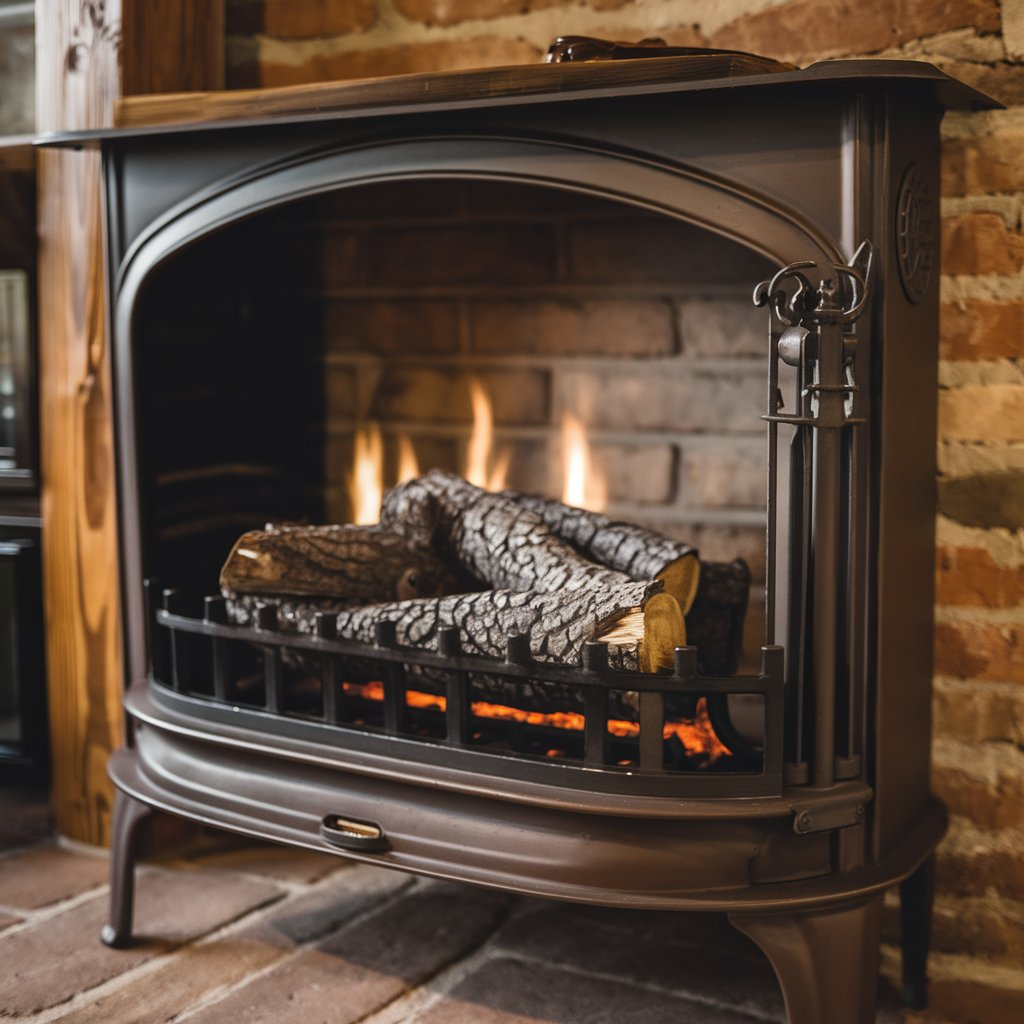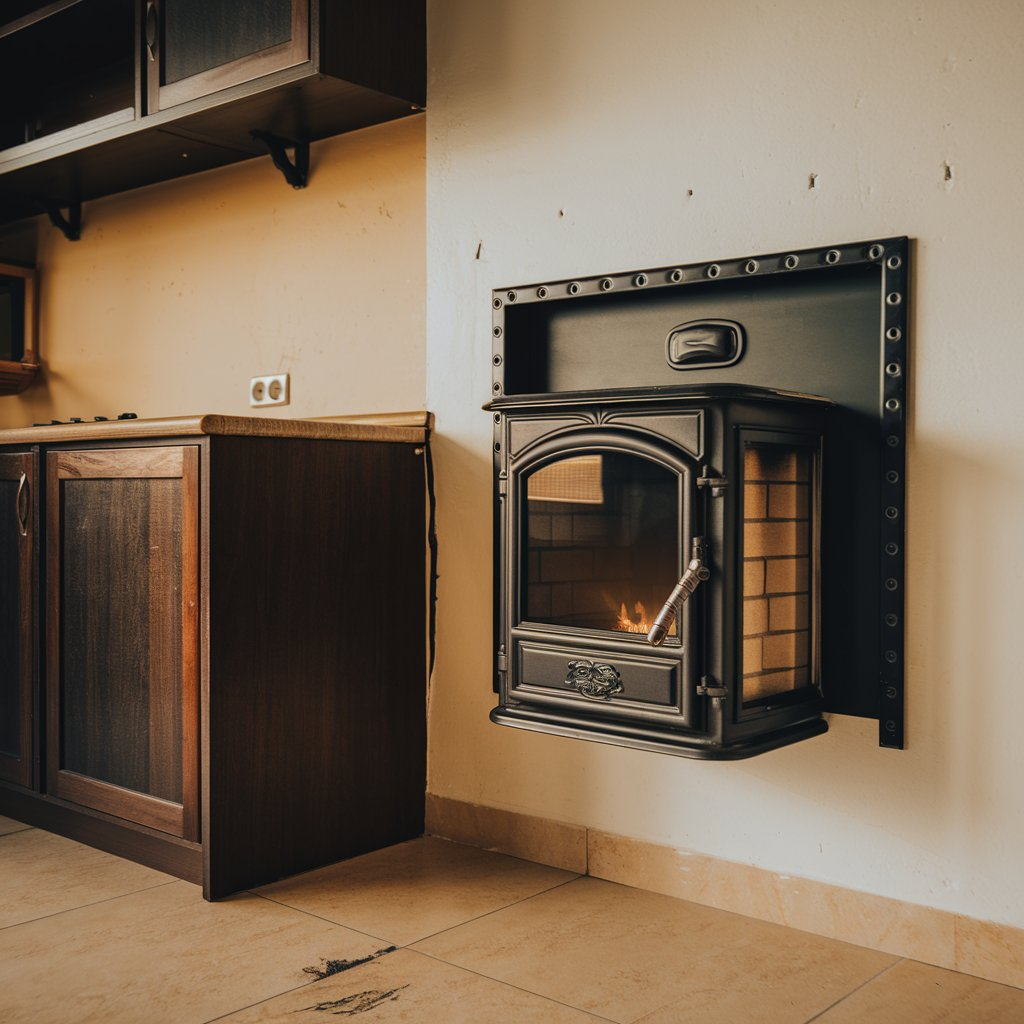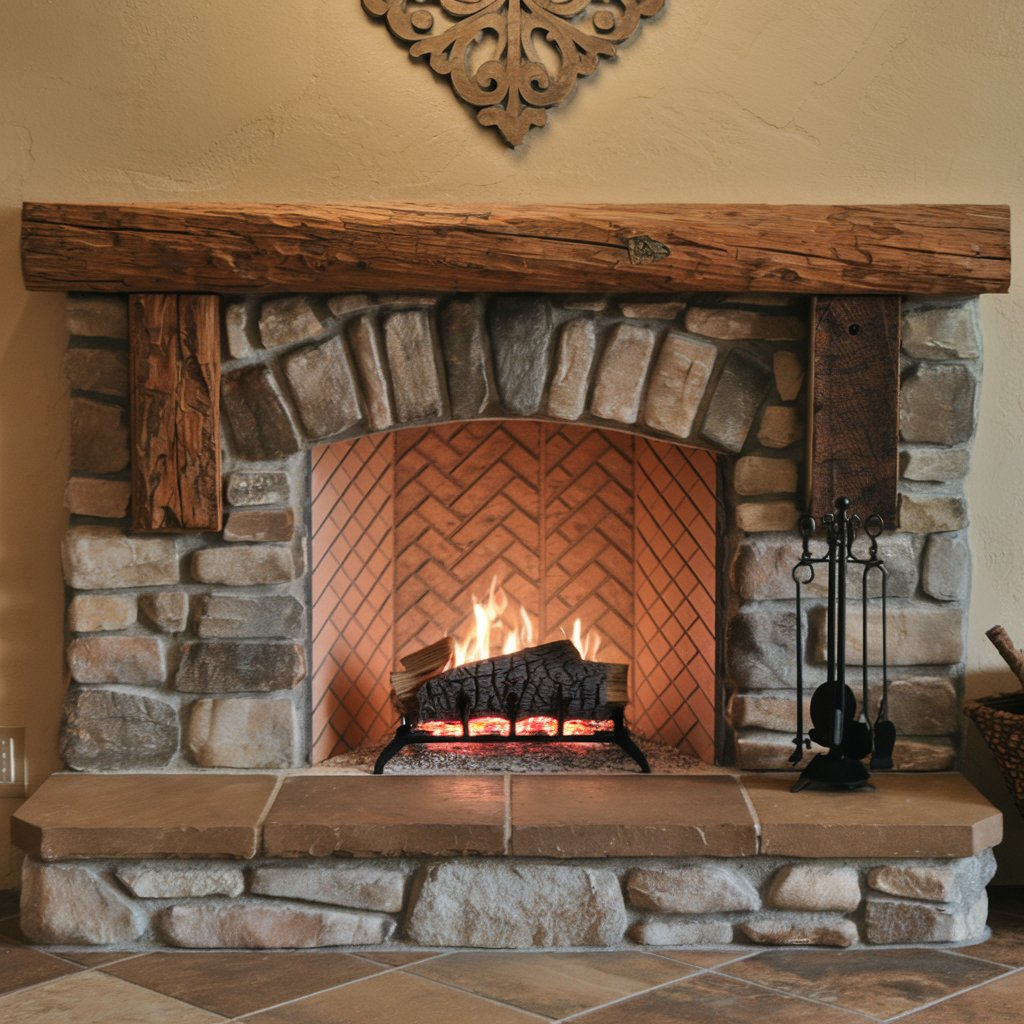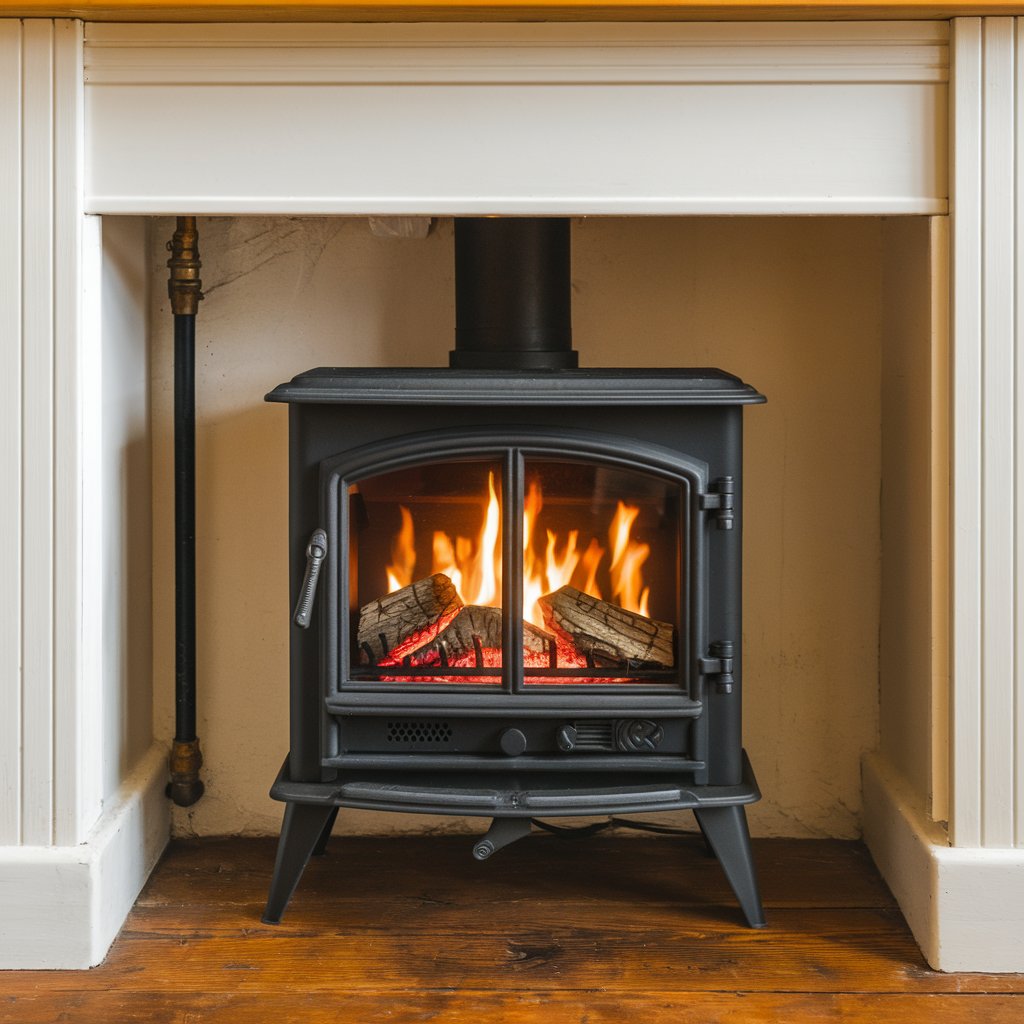In recent years, ventless fireplaces have gained popularity as stylish and functional additions to homes, particularly in kitchens. They offer a unique blend of ambiance, warmth, and convenience without the need for traditional venting systems. Whether you’re renovating an existing kitchen or designing a new one, exploring ventless fireplace options can enhance your space’s aesthetic appeal and functionality. This article delves into various ventless kitchen fireplace options, their benefits, installation considerations, and design ideas.

What is a Ventless Fireplace?
A ventless fireplace, also known as a vent-free or zero-clearance fireplace, operates without the need for an external vent or chimney. Instead, these fireplaces utilize advanced combustion technology to burn gas or bioethanol, producing minimal emissions and allowing them to be installed in various locations throughout the home, including kitchens.
How Do Ventless Fireplaces Work?
Ventless fireplaces work by burning clean-burning fuels such as propane or natural gas. The combustion process produces heat and a small amount of water vapor and carbon dioxide. Advanced technology ensures that these emissions remain within safe levels, making them suitable for indoor use. Unlike traditional fireplaces, which require extensive ductwork and venting, ventless models can be easily installed in virtually any space.
Benefits of Ventless Fireplaces in the Kitchen
1. Flexible Installation
One of the most significant advantages of ventless fireplaces is their flexibility. Without the need for a chimney or venting, homeowners can place these units in various locations, such as on a kitchen island, against a wall, or even in a corner. This versatility allows for creative design possibilities and helps maximize the use of available space.
2. Aesthetic Appeal
Ventless fireplaces add a stylish focal point to any kitchen. They can enhance the ambiance, providing warmth and a cozy atmosphere. With various designs, finishes, and styles available, including modern, traditional, and rustic options, homeowners can find a ventless fireplace that complements their kitchen decor.
3. Energy Efficiency
Ventless fireplaces are energy-efficient options for heating spaces. They generate heat directly in the room without losing energy through ventilation. Additionally, many models are designed to provide heat quickly, making them an effective solution for warming up your kitchen during colder months.
Related: Vintage Kitchen Fireplace Ideas for an Old-World Charm
4. Cost-Effective Heating Solution
With rising energy costs, ventless fireplaces offer a cost-effective heating alternative. They consume less energy than traditional heating systems, leading to lower utility bills. Furthermore, installation costs are often lower since there is no need for extensive venting infrastructure.
5. Easy Installation and Maintenance
Installing a ventless fireplace is generally more straightforward than traditional models. Most ventless fireplaces come as plug-and-play units that require minimal setup. Maintenance is also relatively low; regular cleaning and occasional inspections are usually sufficient to keep the unit functioning efficiently.
Types of Ventless Fireplaces
There are several types of ventless fireplaces available on the market, each catering to different needs and preferences. Below are some popular options:
1. Ventless Gas Fireplaces
Natural Gas and Propane Models: Ventless gas fireplaces are available in both natural gas and propane options. They feature realistic flames and can be controlled using a remote or wall switch. Some models come with built-in fans to circulate heat more efficiently.
Installation Considerations: These units require a gas line for operation. If you do not have a gas line in your kitchen, you may need to consider running one, which can add to the installation cost.

2. Ventless Ethanol Fireplaces
Ethanol fireplaces are an eco-friendly option that uses bioethanol fuel. These fireplaces produce a beautiful flame and require no gas lines or electrical connections, making them incredibly versatile.
Installation Considerations: Ethanol fireplaces can be freestanding, wall-mounted, or built into furniture. They require little maintenance, but homeowners should ensure proper ventilation when using them, as they do produce carbon dioxide and water vapor.
3. Ventless Electric Fireplaces
Electric fireplaces are another flexible option. These units can be plugged into standard outlets and come in various styles, including wall-mounted, insert, and freestanding models. They use LED technology to create realistic flames without actual combustion.
Installation Considerations: Electric fireplaces are easy to install but do not provide the same level of heat as gas or ethanol options. They are ideal for kitchens that require a supplemental heat source.
4. Ventless Bioethanol Inserts
For those looking to incorporate a fireplace into an existing structure, ventless bioethanol inserts are an excellent option. These inserts can be installed into cabinetry or existing fireboxes, creating a seamless integration into your kitchen design.
Installation Considerations: These inserts require careful planning to ensure they fit properly within the existing structure. Homeowners should consult with a professional to ensure safe and effective installation.
Installation Considerations for Ventless Fireplaces
While ventless fireplaces offer numerous benefits, there are several factors to consider when installing one in your kitchen:
1. Safety Regulations
Before installing a ventless fireplace, check local building codes and safety regulations. Some areas may have restrictions on ventless models due to concerns about indoor air quality. Ensuring compliance with local regulations will help you avoid potential issues during installation.
2. Sizing and Heating Capacity
Selecting the right size fireplace for your kitchen is crucial. Measure the area where you plan to install the fireplace and choose a unit with appropriate heating capacity. A unit that is too small may not provide sufficient warmth, while one that is too large could lead to overheating.
3. Fuel Source Availability
Determine which fuel source is most accessible for your kitchen. If you prefer a gas fireplace, ensure that a gas line is available or can be installed. Ethanol fireplaces offer more flexibility, but you will need to purchase fuel regularly.
4. Ventilation Considerations
Even though ventless fireplaces are designed to operate without external venting, it is essential to ensure proper airflow within your kitchen. Ensure that the space is adequately ventilated to maintain indoor air quality and prevent the buildup of carbon dioxide.
5. Professional Installation
While many ventless fireplaces are designed for easy installation, consulting with a professional is recommended, particularly for gas models. Professionals can ensure that the installation is safe and meets all regulatory requirements.
Design Ideas for Incorporating a Ventless Fireplace in Your Kitchen
Incorporating a ventless fireplace into your kitchen design can enhance its overall look and feel. Here are some creative ideas to inspire your installation:
1. Kitchen Islands with Built-In Fireplaces
Consider designing your kitchen island with a built-in ventless fireplace. This creates a cozy gathering spot and provides warmth while cooking or entertaining. Choose a fireplace design that complements the island’s materials and colors for a cohesive look.
2. Wall-Mounted Fireplaces
Wall-mounted ventless fireplaces can serve as a stunning focal point in your kitchen. They can be installed above countertops or kitchen ranges, providing a contemporary touch. Opt for a sleek, modern design that fits the overall aesthetic of your kitchen.
3. Rustic Hearth Designs
For a rustic kitchen, consider incorporating a ventless fireplace that mimics a traditional hearth. Use stone or brick materials to create a cozy ambiance, and add seating around the fireplace for an inviting atmosphere.
4. Accent Pieces
Ventless fireplaces can also be used as accent pieces in open-concept kitchen designs. Position a freestanding fireplace between the kitchen and living areas to create a visual divide while maintaining warmth and ambiance.

5. Multi-Functional Spaces
Incorporate a ventless fireplace into multi-functional spaces, such as a kitchen and dining area. This can create a seamless transition between spaces while providing warmth during mealtime.


